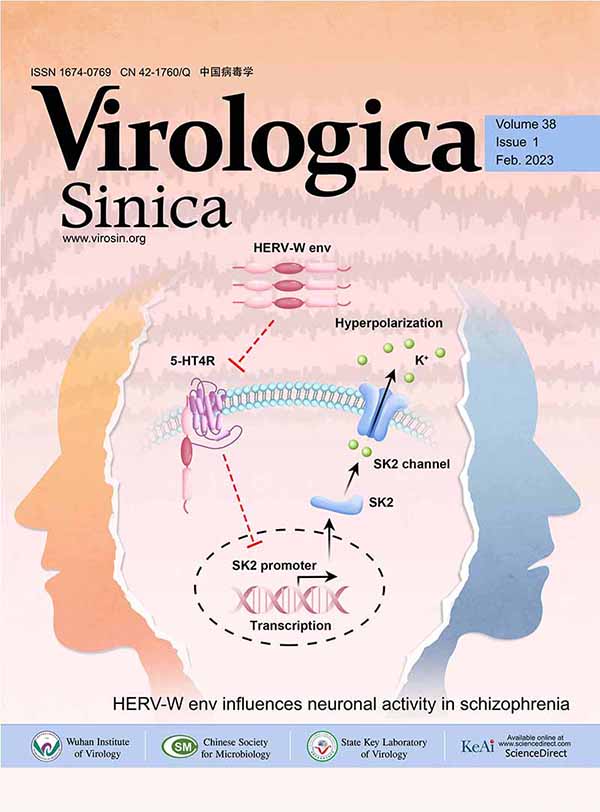Isolation and Identification of SARS.CoronaviFUS
Abstract: Abstract:To isolate and identify the etiologic agent of severe acute respiratory syndrome(SARS), the throat swabs an d gargle of patients with SARS were collected.We inoculated the specimens onto a number of cell lines including Vero,Vero E6,M DCK,Hela,Hep一2,HP an d HEL cells.The isolates were identified by thin—section electron.microscopy,indirect.immunofluorescence,neutralization test, RT—PCR an d nucleotide sequence an alysis.Using cell culture techniques.a coronavirus was isolated from patient with SARS.Four celllines,Vero,Vero E6,HP an d MDCK cells,showed cytopathic efec t. 1]he infected cells showed strong cytoplasmi c an d membran ous staining with a convalescent—phase seruln from the patients with SARS in an indirect—immunofluorescence staining.The cytopathic efect of the viruses clould been neutralized by convalescent serum.Under elec tron—microscopy,a large num be r of coronavirus—like particles were obsewed in the infected cells.W ith specific primers.the specific cDNA fragments were amplified by reverse transcription—polymerase chain reaction(RT—PCR1 from infected cels an d the nucleotide sequence analysis showed that homology of the amplified fragm ents to the SARS—coronavirus(SARS·CoV)previously reported was 100%.A SARS—CoV Was isolated from patients with SARS.T}liS virus was closely associated with SARS.














 DownLoad:
DownLoad: